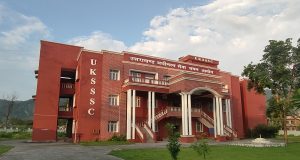On Monday, when a total solar eclipse sweeps across the United States for the first time in 99 years, people gathering in Charleston, South Carolina, will be the last on the continent to experience it.
Historic Charleston, with its cobblestone streets and elegant antebellum mansions, was clearly a-bustle on Sunday, in full pre-eclipse mode.
Its restaurants were packed and downtown parking was at a premium as excited locals and tourists strolled cheerfully along the seafront Battery promenade.
Weather predictions for Monday were iffy — with clouds and scattered thunderstorms predicted through the hours when the eclipse is due, from the moment when the moon first obscures a small arc of the sun, to totality, and through the end of the whole cosmic viewing experience.
Solar eclipses happen every couple of years somewhere in the world, yet scientists never run out of new ways to learn from them. Every one is a unique natural experiment, and each time around, new technologies allow things that weren’t possible before. It also helps that this particular eclipse will be visible over much of the U.S., a country full of scientists and science enthusiasts. A total eclipse will be visible through a 70-mile-wide band running from Oregon to South Carolina.
Scientists have been using eclipses to learn about the universe for at least 200 years, according to Jay Pasachoff, an astronomy professor at Williams College in Massachusetts. He’s been among them for 65 eclipses, and for his 66th, he’s headed to Salem, Oregon, with a team of astronomers from around the world and a truck loaded with 3,000 pounds of equipment. He’s planning to collect new data on the way charged particles in the corona follow loops of magnetic field.
 Dainik Nation News Portal
Dainik Nation News Portal




